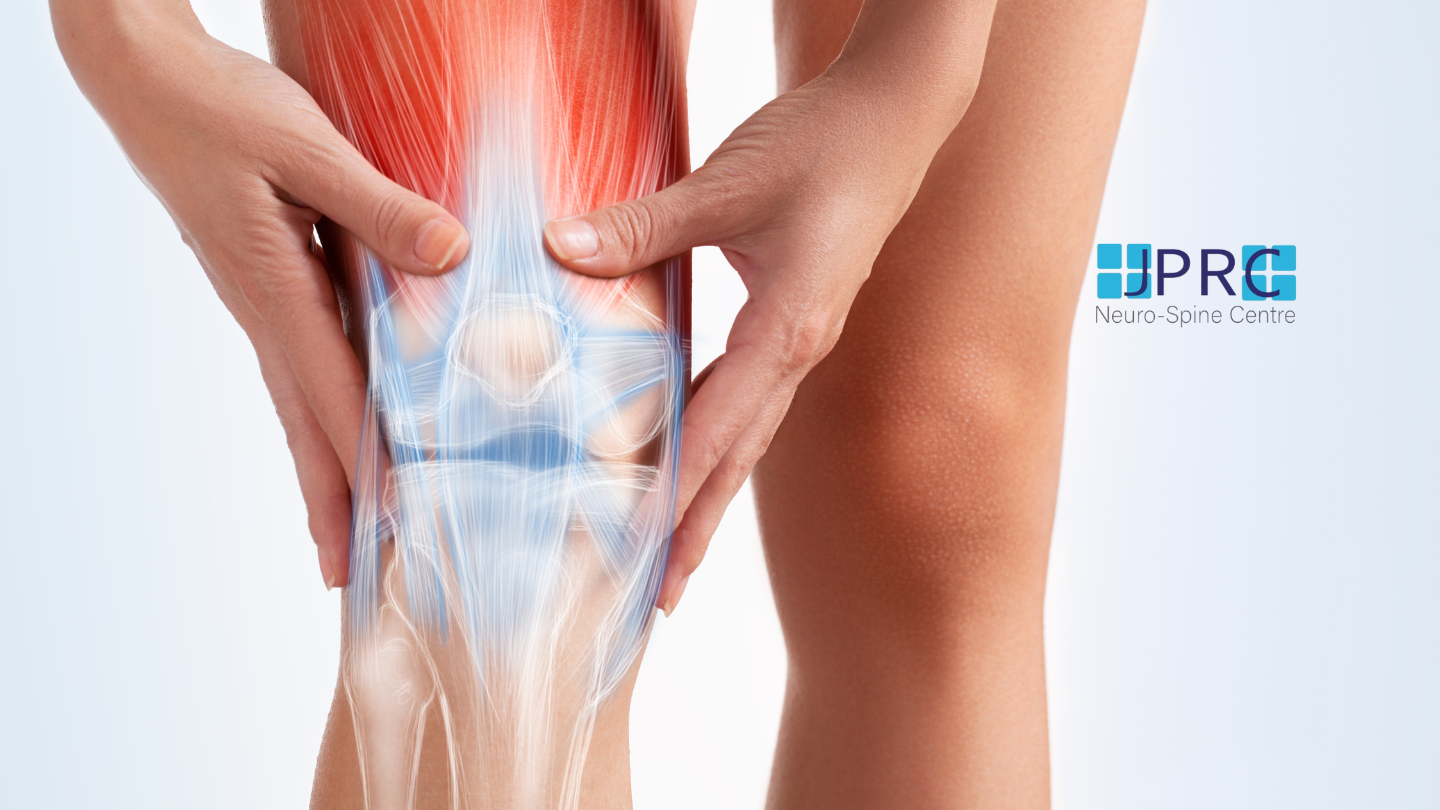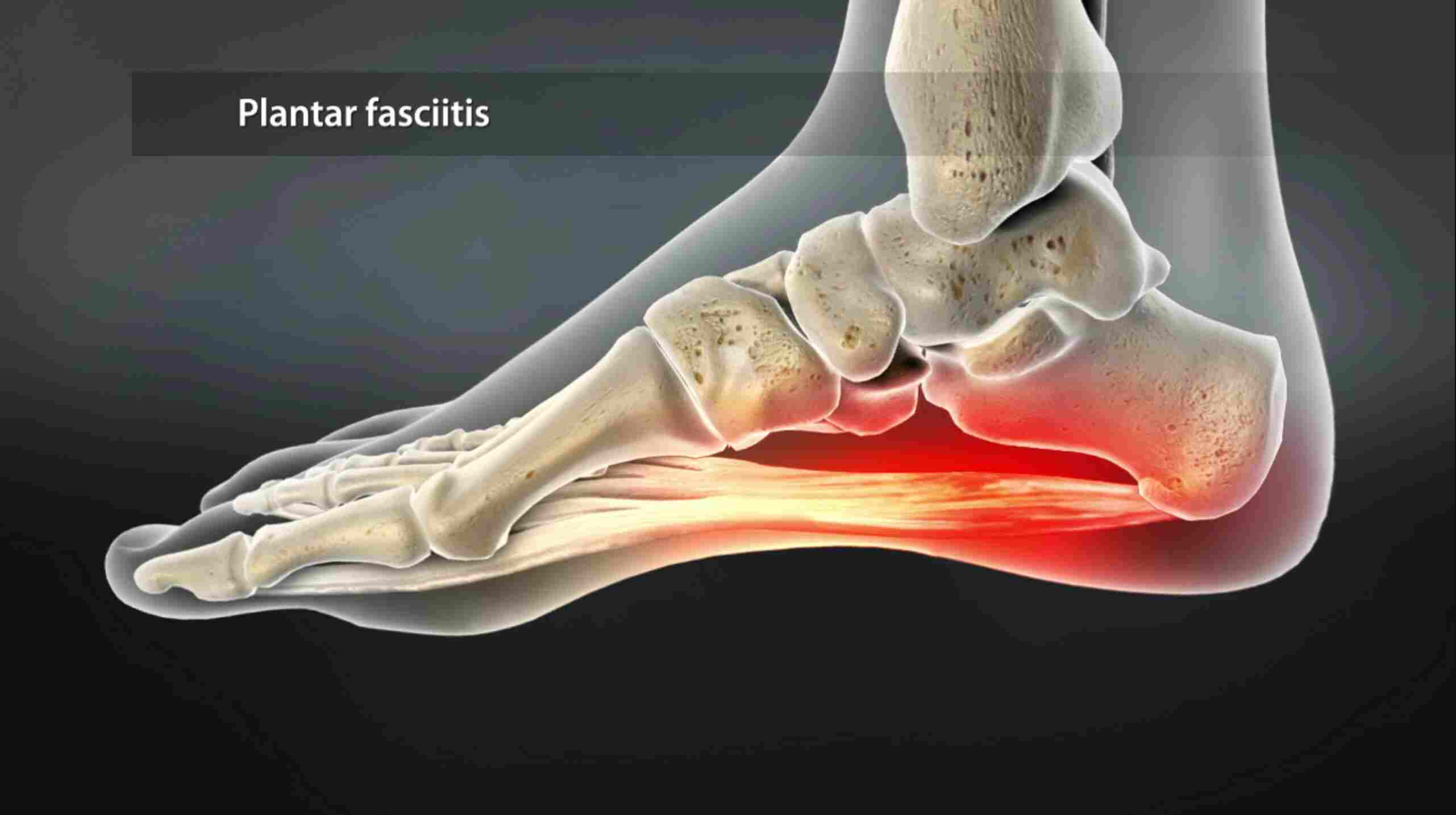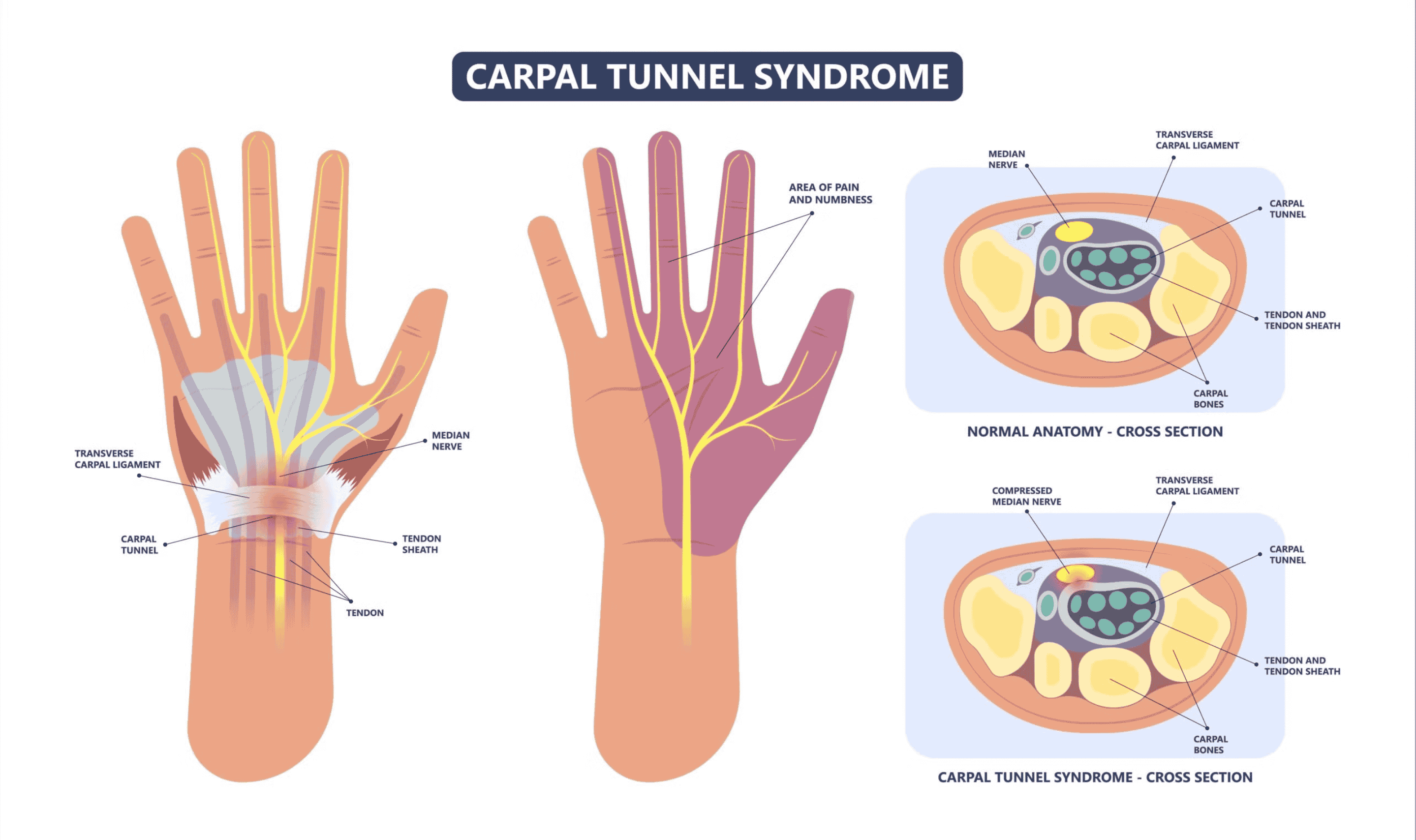CARPAL TUNNEL SYNDROME
What is Carpal Tunnel?
The carpal tunnel is a small passage present in your wrist. It lies at the pedestal of your palm, in the middle of the miniature hand bones- called carpal bones and a broad ligament. Nine tendons (tendons are similar to ligaments) pass through this tunnel. These tendons connect to the muscles of your forearm and permit the fingers to bend. The median nerve which is the main nerve of the front of the forearm connects with the tissues in your palm, thumb and first three fingers. It allows you to feel the sensation in your hand and is responsible for the movement of the thumb and the fingers.
-
CTS happens when the median nerve gets compressed inside the carpal tunnel. Frequently, it happens when the tendons bulge, and they press on the nerve. Describing its nature it is not a unilateral disorder.
SYMPTOMS:
- The most prominent symptom is hand and arm with a pinch of tingling.
- The sensation of feeling that the fingers are swollen though they are not. It’s a myth.
- Pain and discomfort: This will be very achy. Sometimes this can be a reason for you not getting enough sleep in the night.
- Losing a proper grip to hold objects.
- The other factors on which it depends upon is obesity, pregnancy, thyroid, diabetes.
HOW THE COURSE OF THE SYNDROME IS CHARACTERIZED?
Usually, in three stages, it’s typified:
- STAGE 1 – In this stage, usually the symptoms can be noticed. The pain radiates along the upper arm to the shoulder. Symptoms worsen at night, and they destroy the person’s quality of sleep. Few women noticed that they re-experienced these symptoms during their menopause.
- STAGE 2 – In this stage, the symptoms show their true colours. The pain becomes very intense.
- STAGE 3 – In this stage, the compression results in damage to the nerve that it ends up becoming severely impaired. A sensory loss can be visible in the thumb and the other fingers except for the ladyfinger. The strength decreases in the fingers.
DIAGNOSIS:
- Doctors can diagnose it with a proper study of your past, a physical examination and tests named nerve conduction studies.
- The examination incorporates proper assessment of the hand, shoulder, wrist and neck to check out the nerve pressure.
- The tests involve measuring the rate of conduction of the nerve impulses.
TREATMENTS:
- Rest.
- Apply ice.
- Wrist splints (a splint a medical device that keeps the injured body part protected and prevents further damage.)
- Therapies that involve stretching.
- The following are the surgical methods:
- Cortisone injections – It is a chemical method as it is a steroid is injected which affects the hormonal balance of the body.
- By performing a surgery in which the doctor relieves the pressure on the nerve.
It is observed that this syndrome is more common in women because they do not have wider wrist making pressure on the median nerve.
Overall, Carpal tunnel syndrome is not a serious problem. It can be gone after taking proper care and treatment but if it’s neglected it can result in lots of weakness and the dis-co-ordination of the thumb and finger.










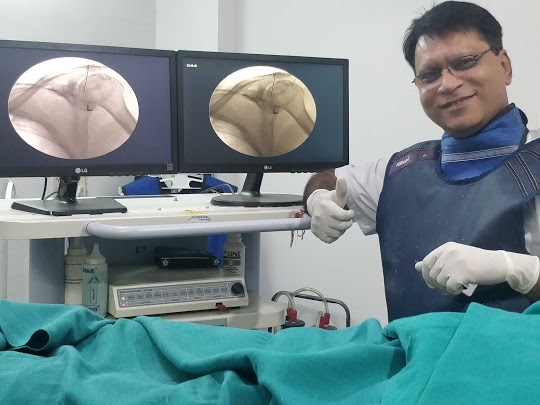




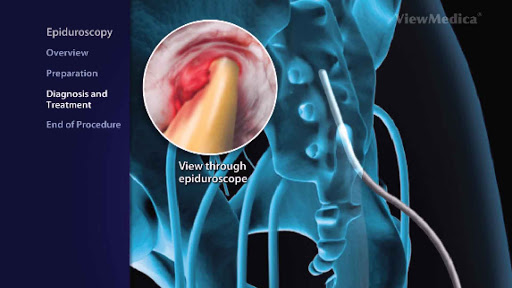

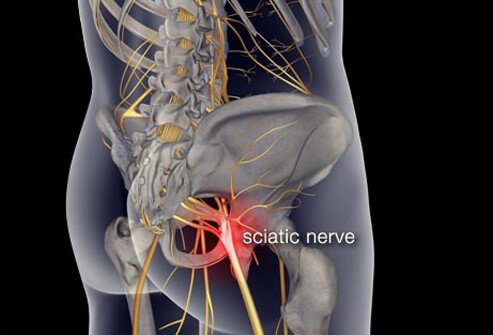






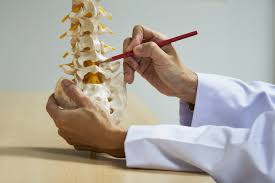
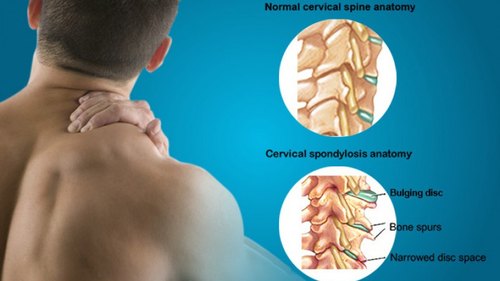







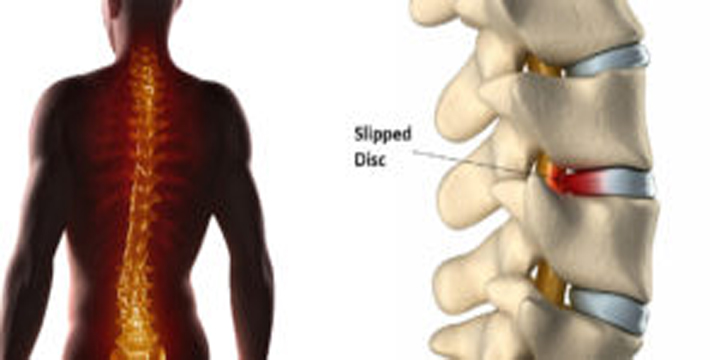
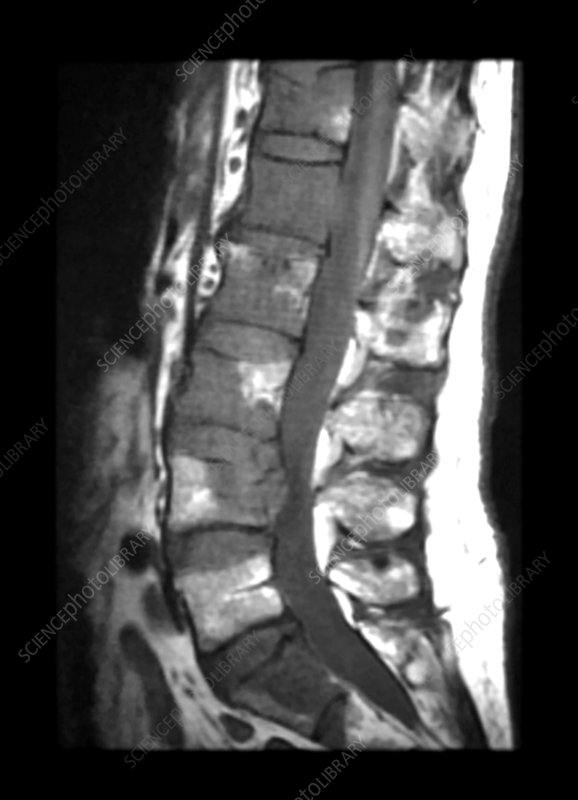




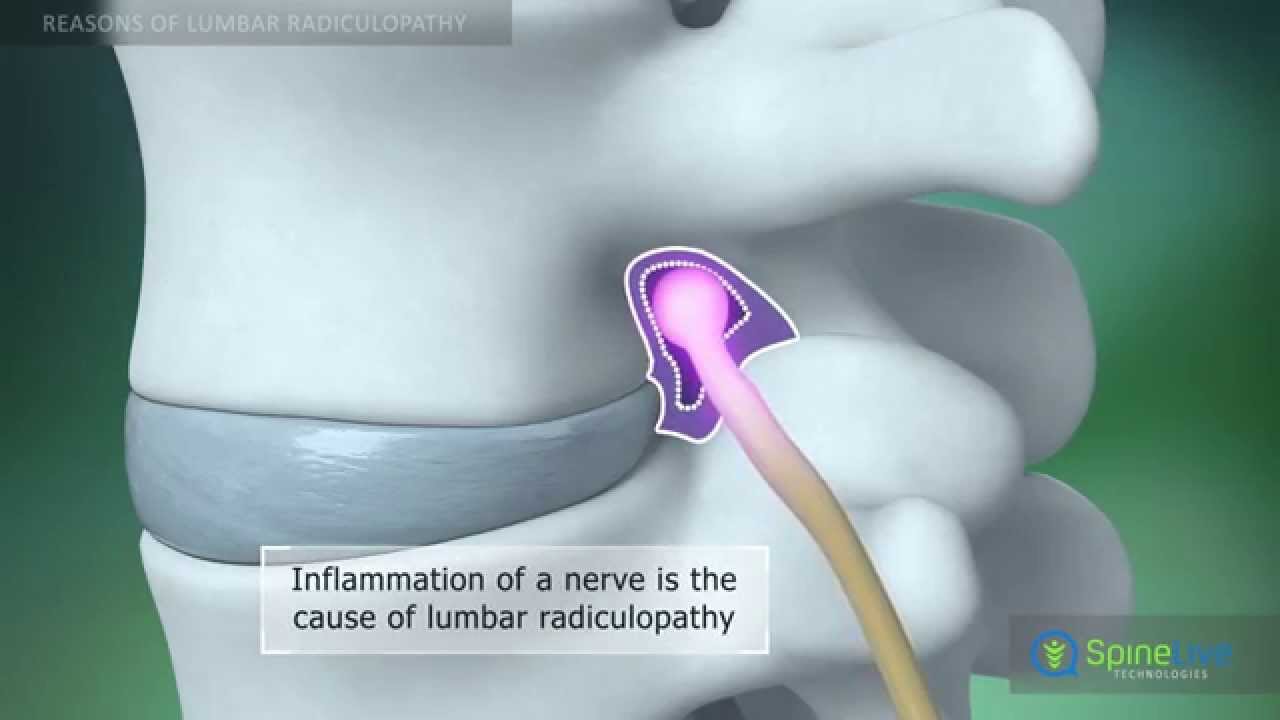
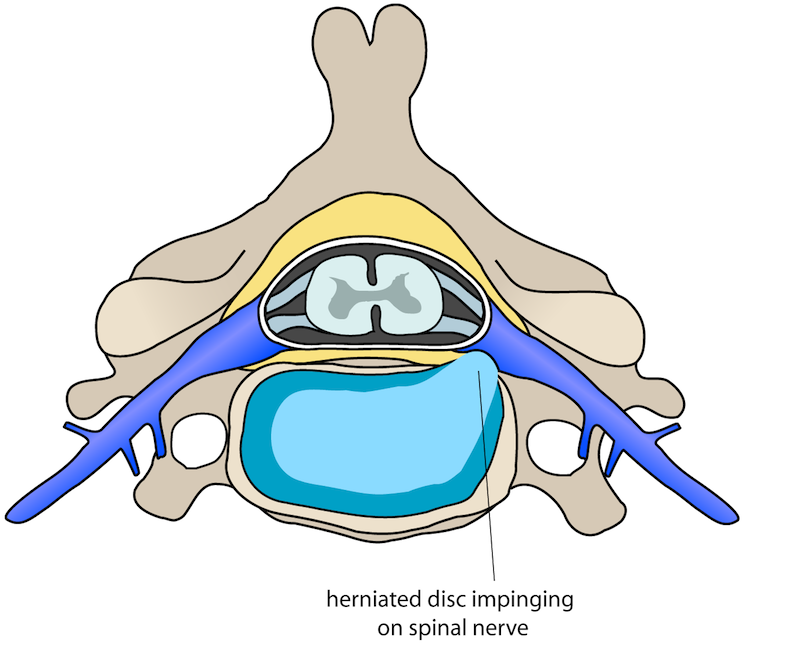
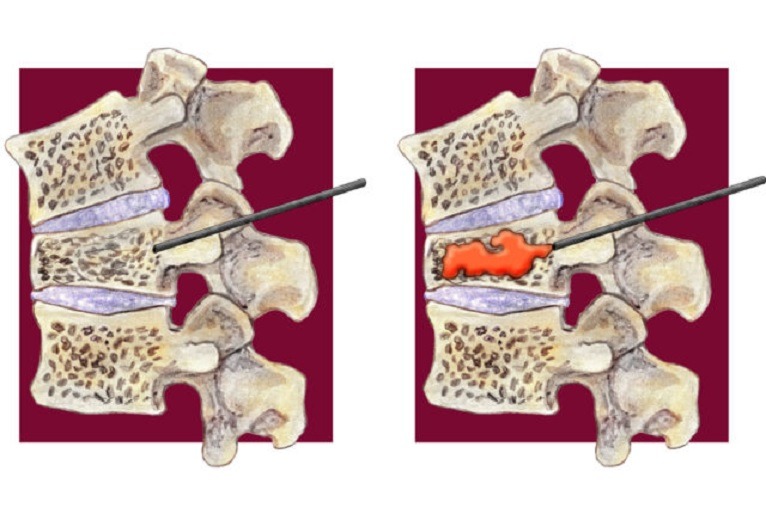












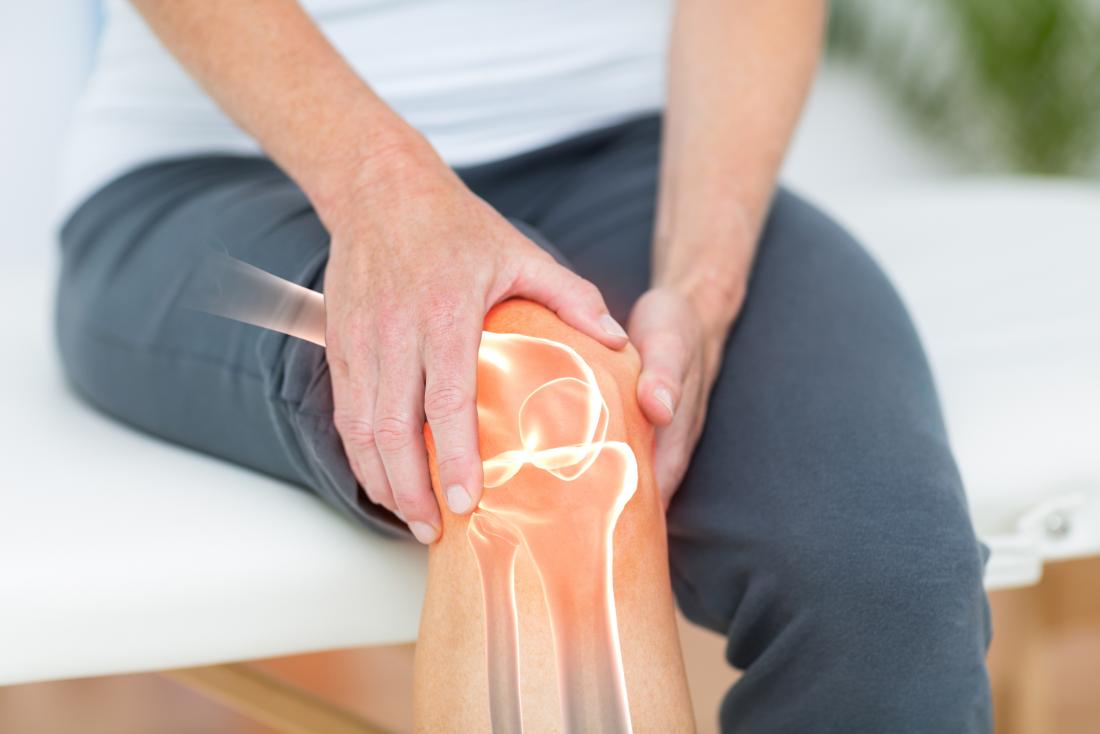
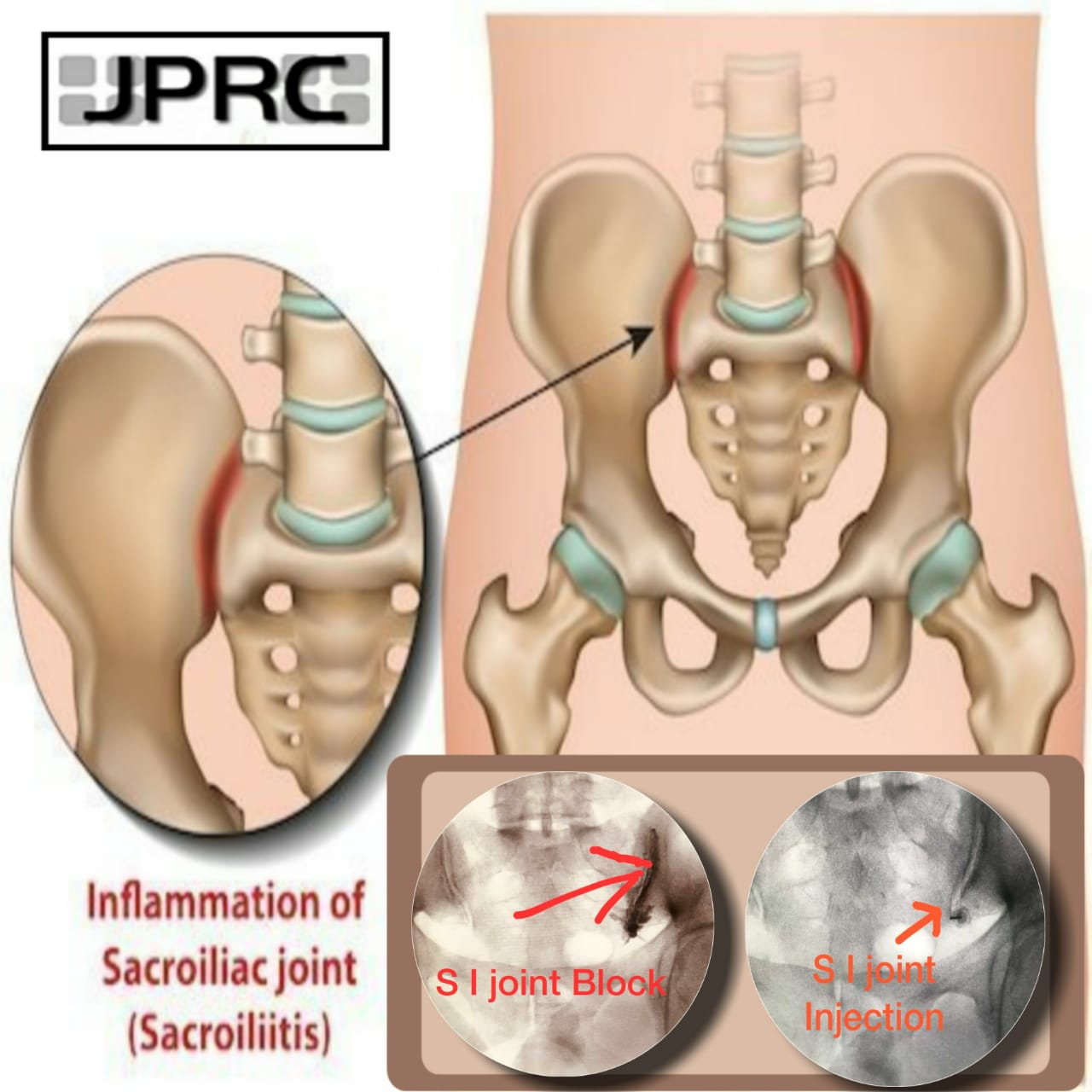





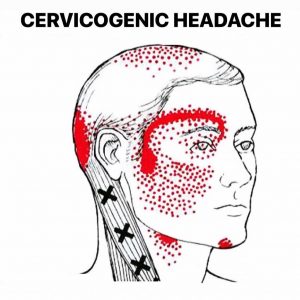




.jpg)




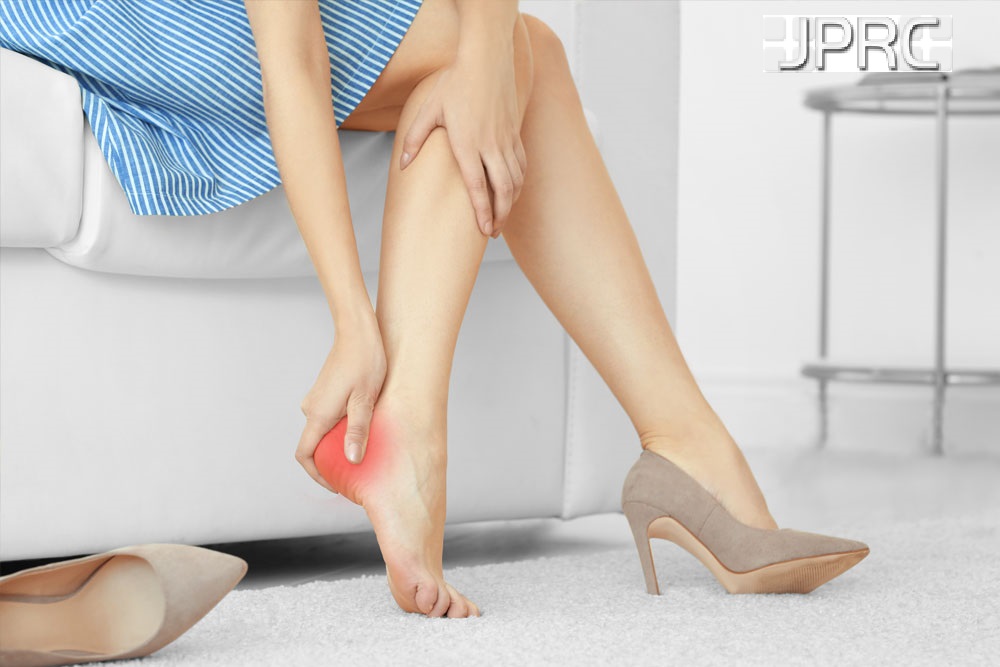



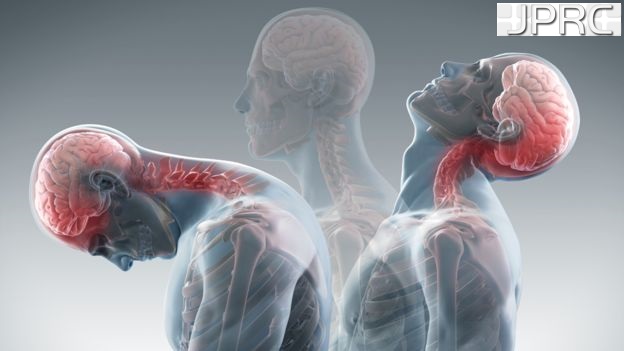


_Injection_Description_in_Hindi.jpg)
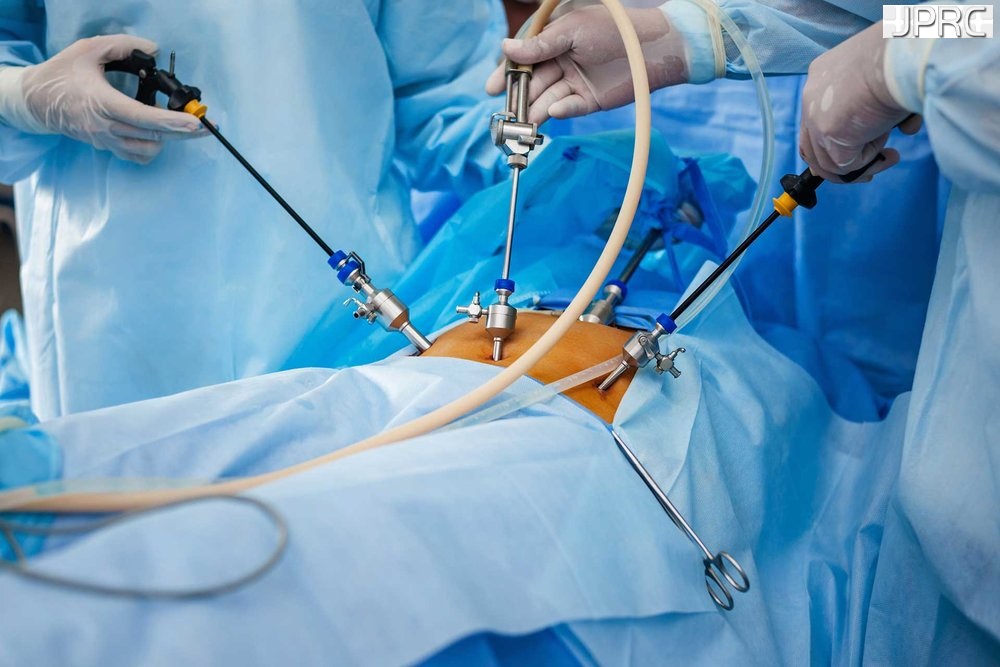

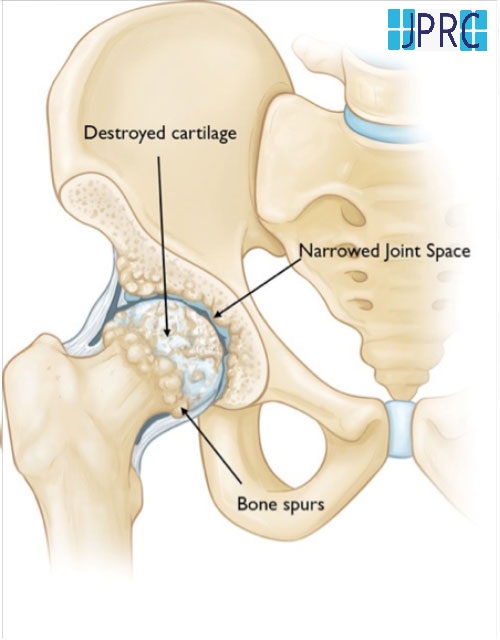



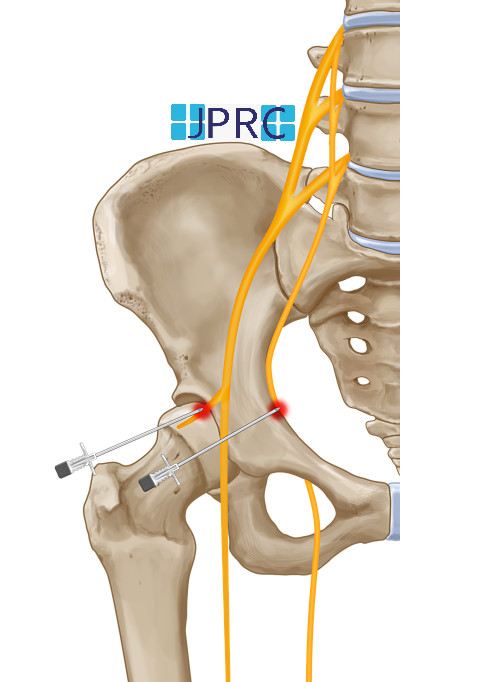


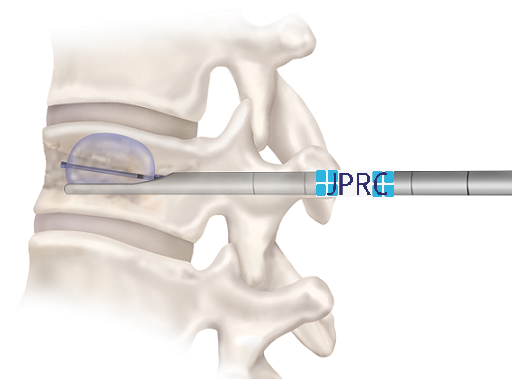





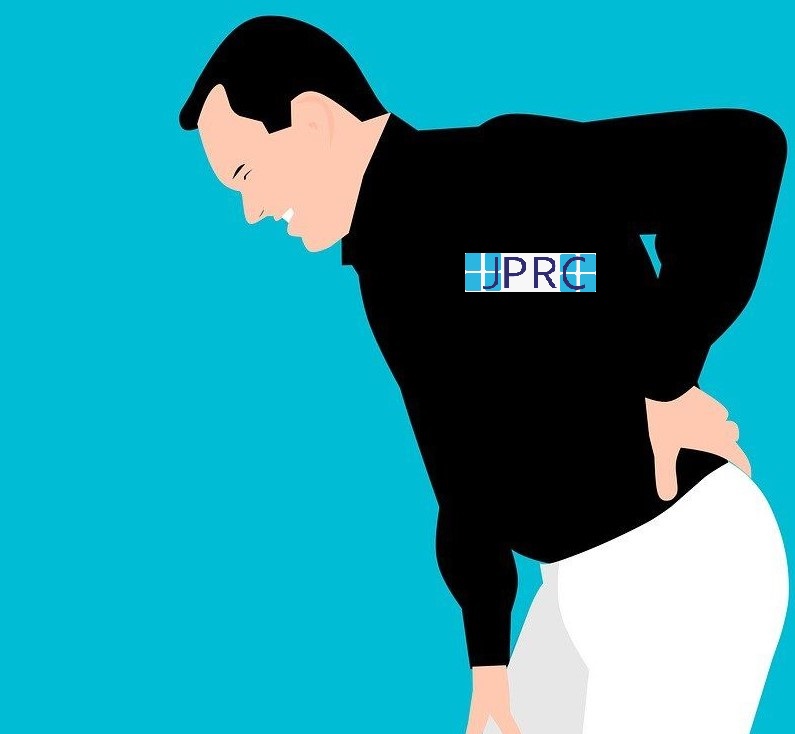
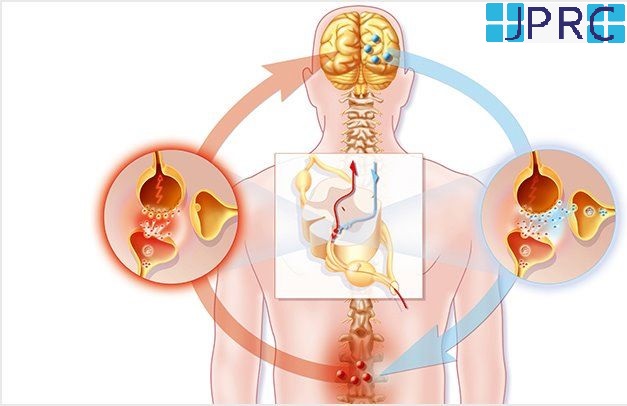


.jpg)
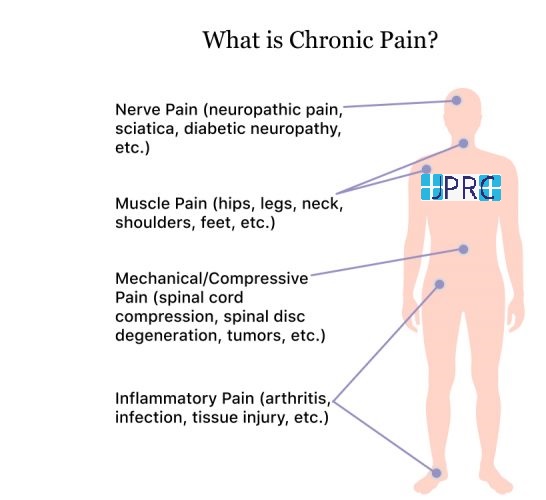



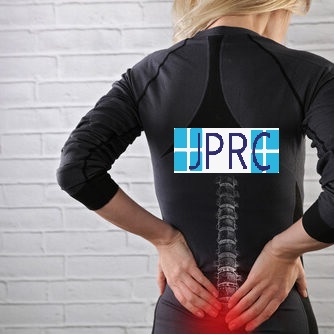


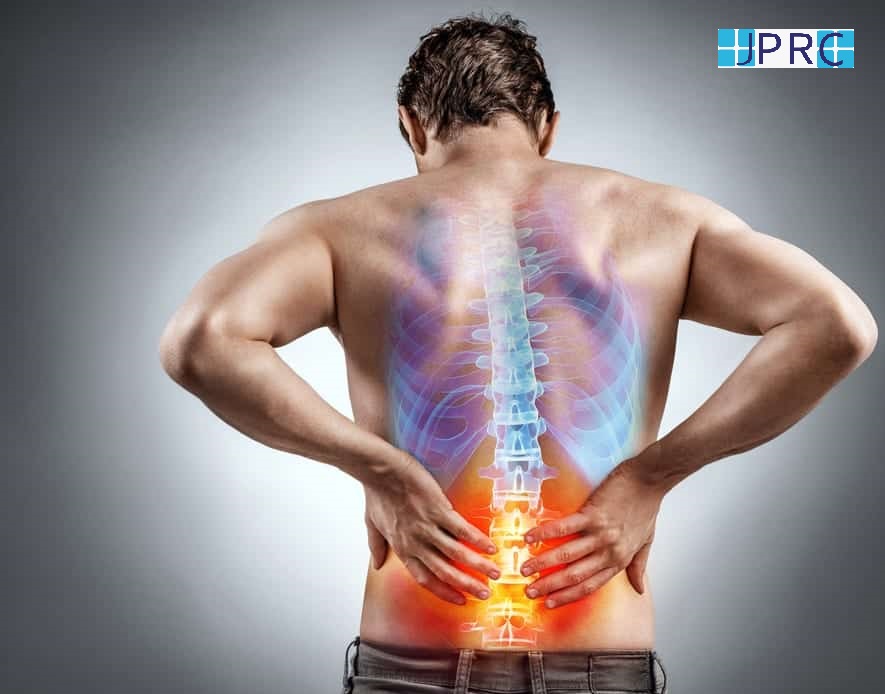


.jpg)




.jpg)
.jpg)
.jpg)



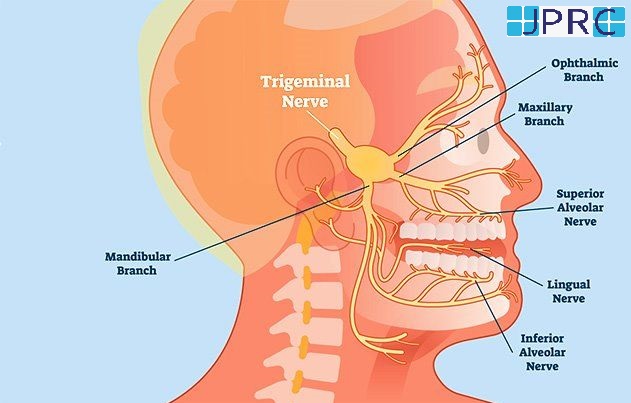



.jpg)
.jpg)
.jpg)
.jpg)
.jpg)
.jpg)
.jpg)
.jpg)
.jpg)
.jpg)
.jpg)
.jpg)
.jpg)
.jpg)
.jpg)
.jpg)
.jpg)
.jpg)
.jpg)
.jpg)
.jpg)
.jpg)






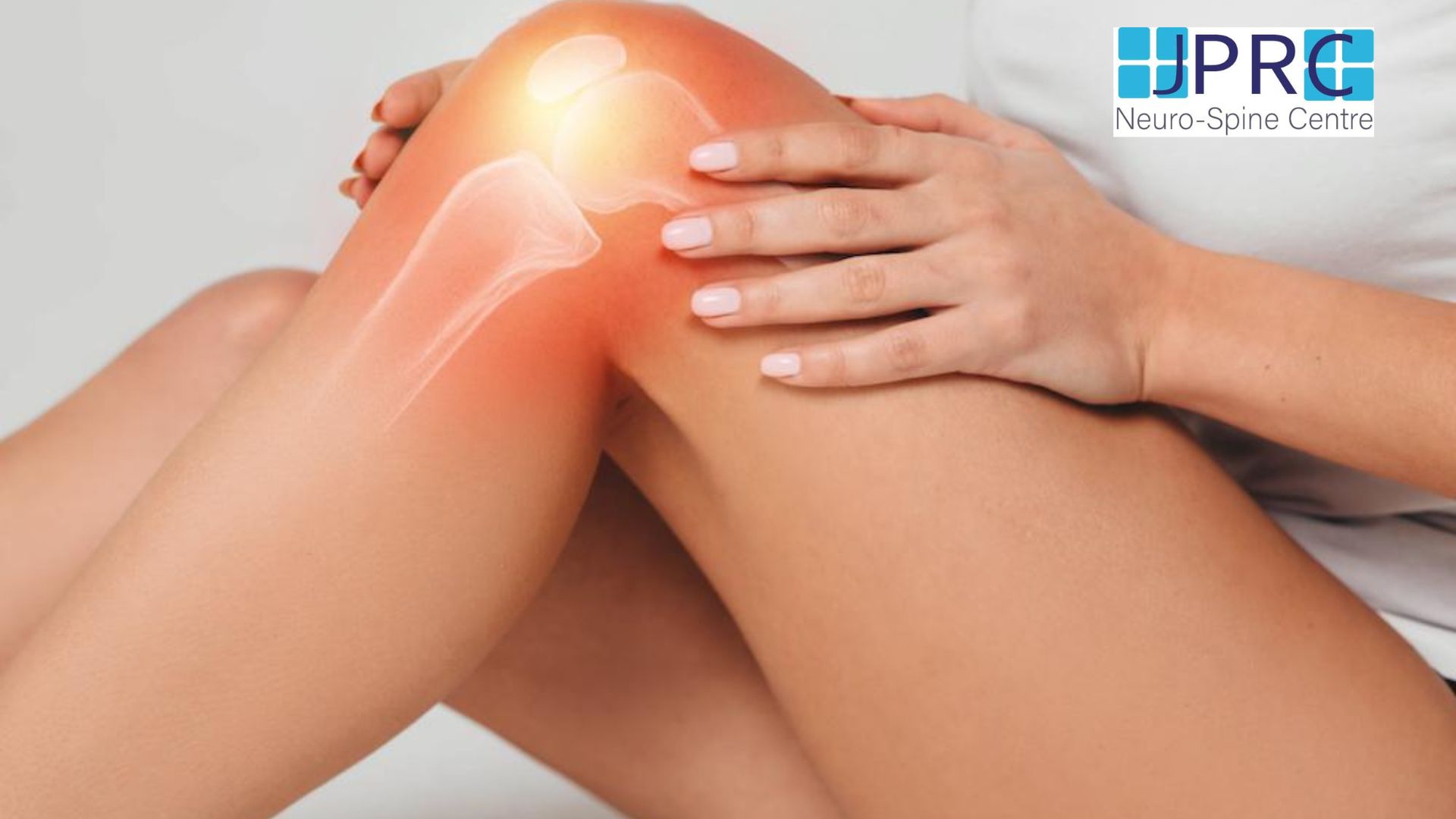

1.jpg)
1.jpg)
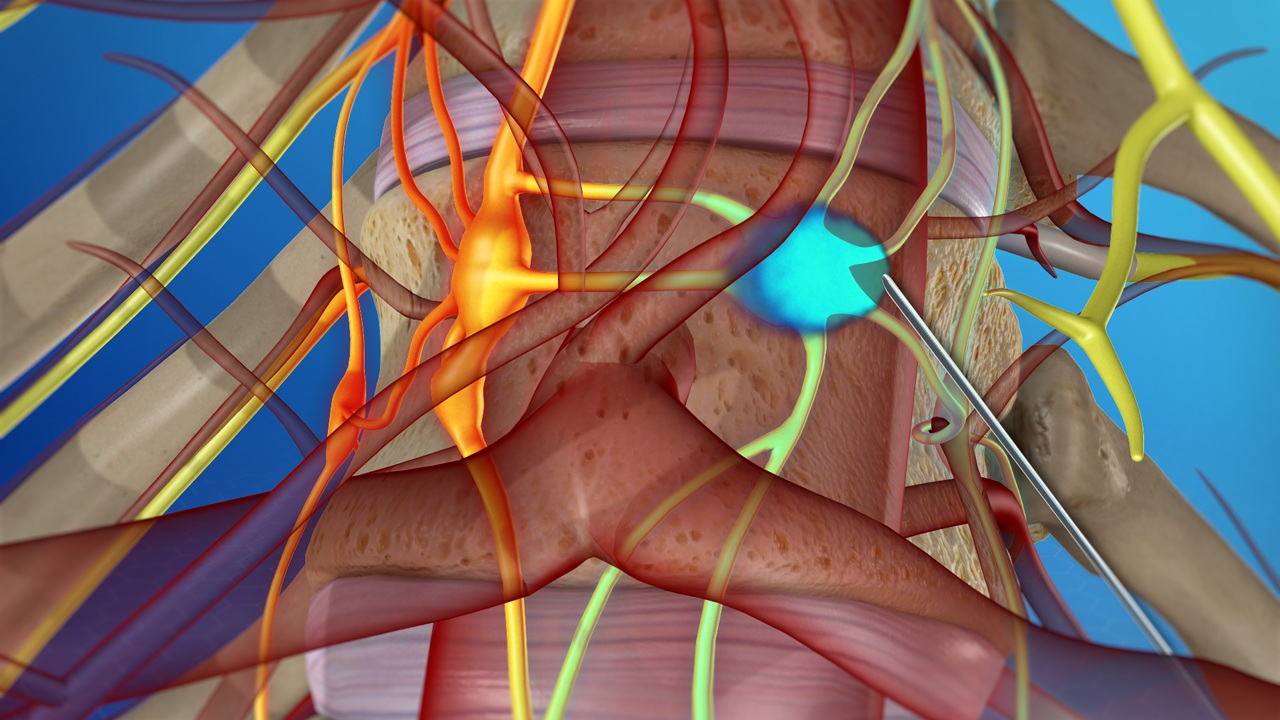
1.jpg)
1.jpg)
1.jpg)
1.jpg)
1.jpg)






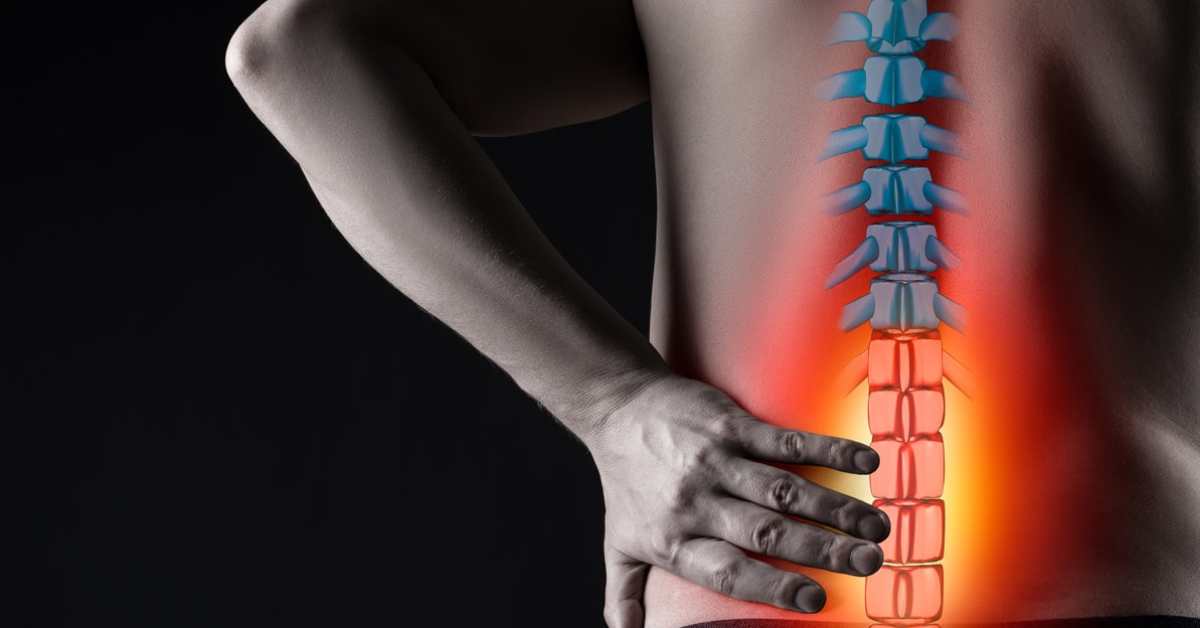


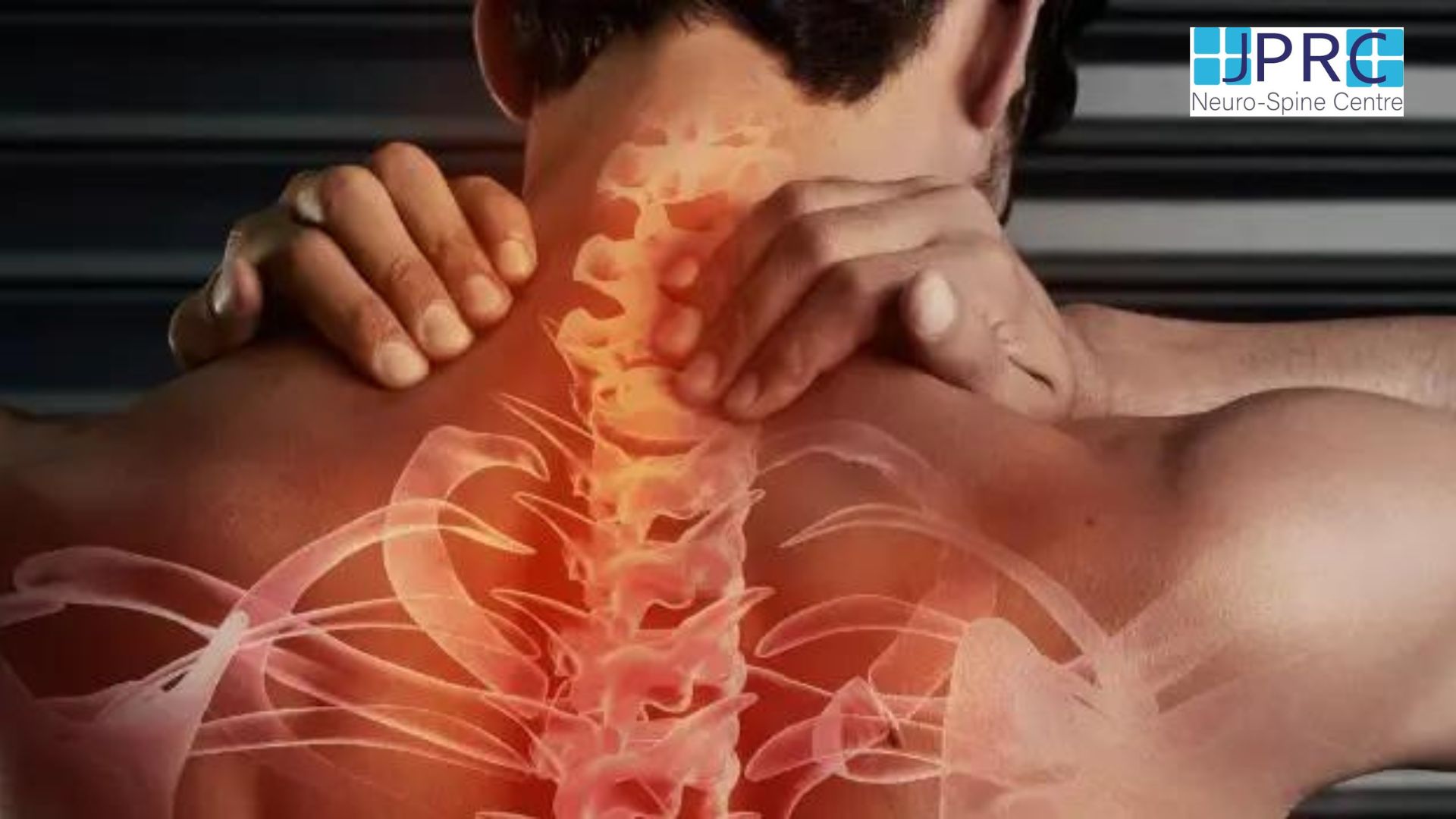
2.jpg)
3.jpg)

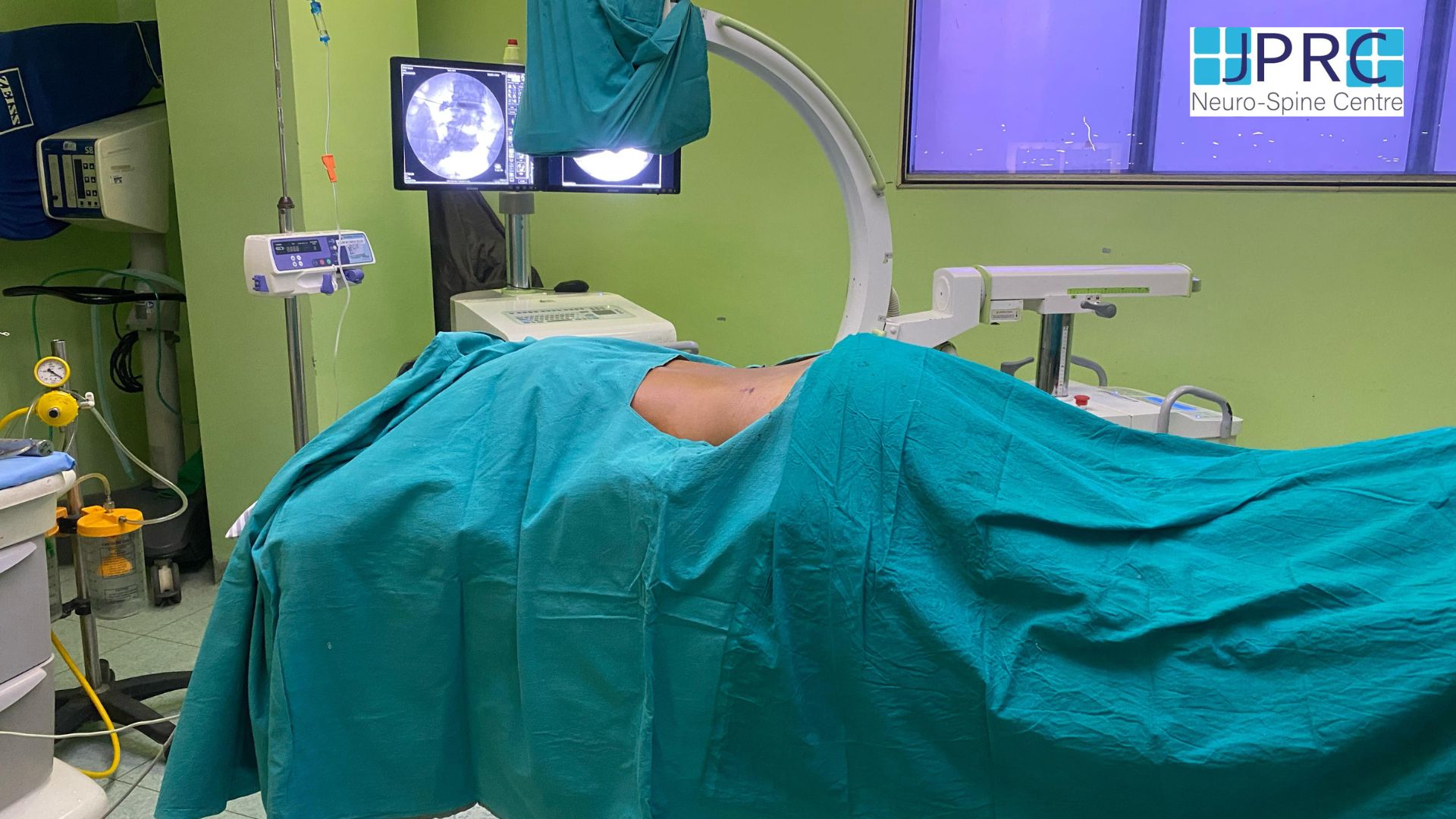

4.jpg)
1.jpg)
2.jpg)

5.jpg)

6.jpg)
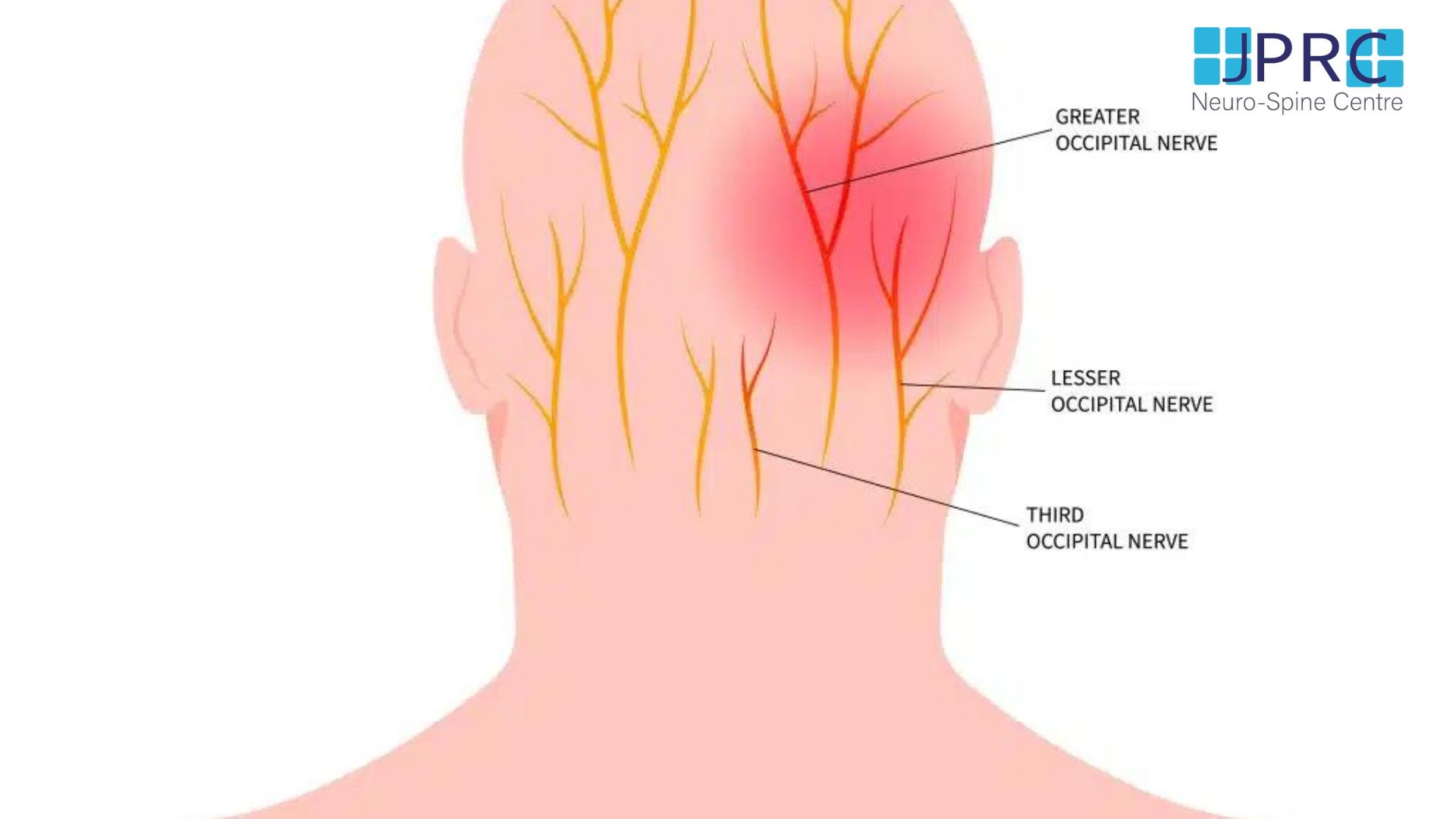
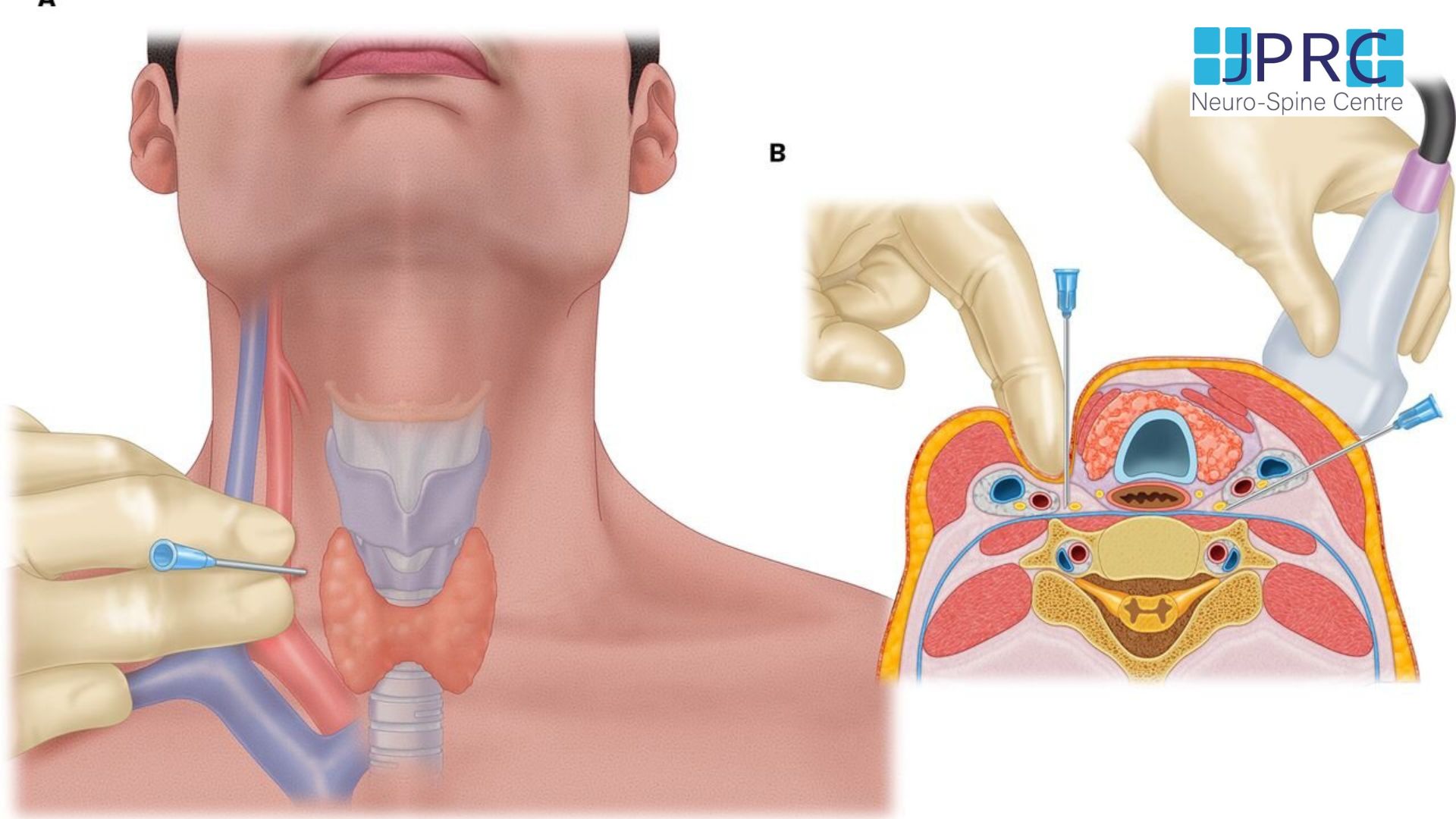


7.jpg)
2.jpg)

8.jpg)

9.jpg)
3.jpg)

10.jpg)

11.jpg)


12.jpg)
4.jpg)


























